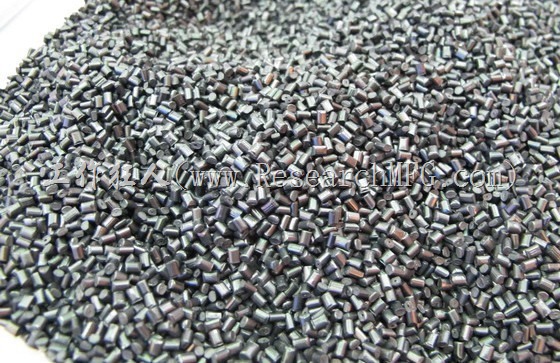
When discussing whether using re-grind resin in plastics leads to degradation, Workingbear sought advice from industry experts. Most professionals agreed that it does cause degradation. However, opinions on whether MFI values can reliably indicate the presence of re-grind resin are divided within the industry. The conclusion? It’s uncertain but worth considering. Below is a summary of the information compiled by Workingbear.



